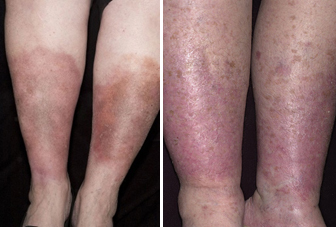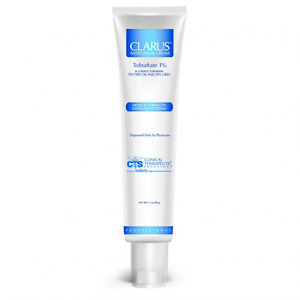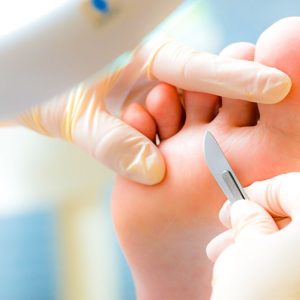Chronic Venous Insufficiency
Chronic Venous Insufficiency (CVI) results from venous valve failure. Venous valves are required to provide efficient blood return from the lower extremities to the heart. Venous insufficiency often occurs in the veins of the legs. Itching (pruritus), swelling, lymphedema, and discoloration of the legs are common symptoms. The skin may react with eczema, local inflammation, discoloration, thickening, and an increased risk of ulcers and cellulitis.
Chronic Venous Insufficiency Treatment
Chronic Venous Insufficiency has been known since ancient times and Hippocrates used bandaging to treat it. It is better described as chronic peripheral venous insufficiency. Venous insufficiency is treated conservatively with manual compression lymphatic massage therapy, skin lubrication, sequential compression pump, ankle pump, compression stockings, blood pressure medicine, frequent periods of rest elevating the legs above the heart level and using a 20 cm (7-inch) bed wedge during sleep.
Surgical treatments include the old Linton procedures and the newer subfascial endoscopic perforator vein surgery. Some experimental valve repair or valve transposition procedures as well as some hemodynamic surgeries are being pursued. This whole field of medicine while ancient is still filled with complications e.g. Sometimes an artery can strangulate a vein or sometimes an arteriovenous fistula (an abnormal connection or passageway between an artery and a vein) may be causing the apparent poor venous return. Patients are often encouraged to walk while wearing the prescribed medical stockings and to sleep in a 6 degree Trendelenburg position. Obese or pregnant patients might be advised by their physicians to forgo the tilted bed.





